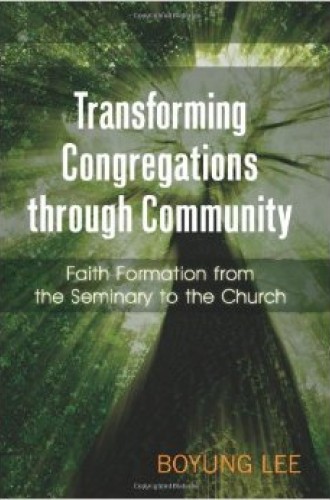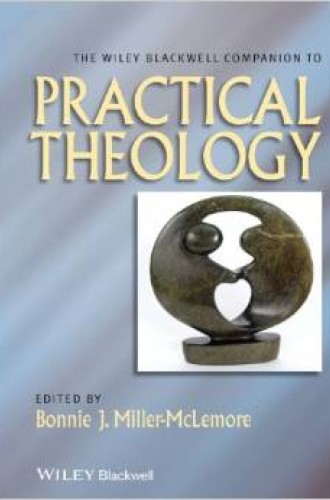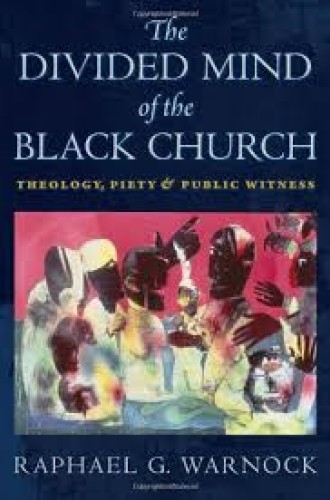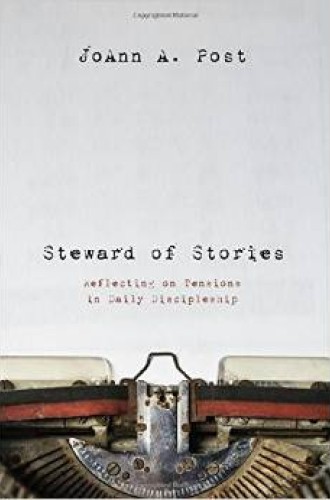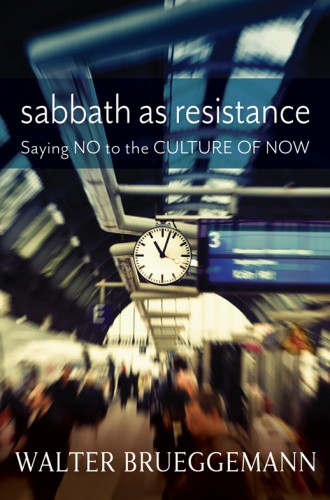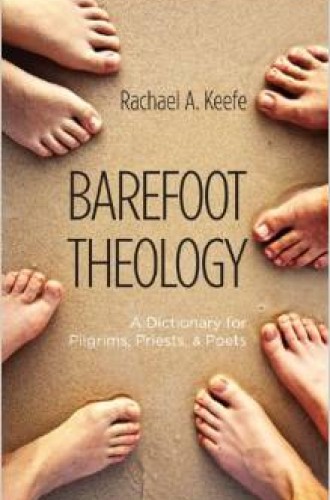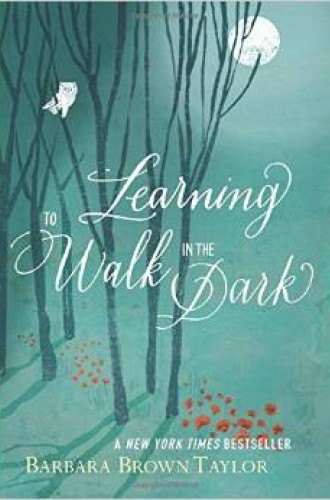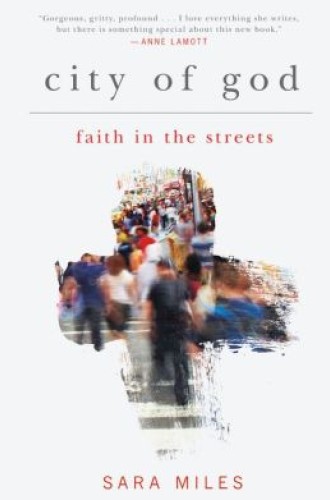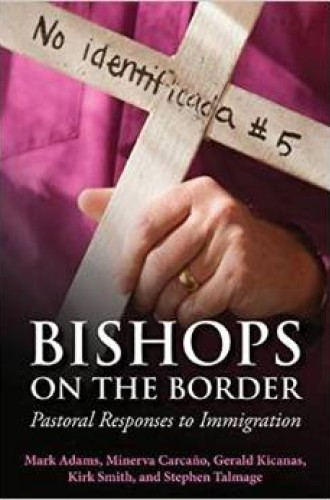Practical theology
Transforming Congregations through Community: Faith Formation from the Seminary to the Church, by Boyung Lee. In this highly accessible work, pastor and seminary professor Lee offers readers a vision, plus practical guidance for helping mainline congregations become vital and faithful communities in the 21st century. Central to her project is the call to build authentic community as an alternative to the excessive individualism that is choking relationships among God’s people. She engages multiple disciplines, including congregational studies, religious education, theology, and postcolonial critical theory, to make a sound and compelling case for the future of religious life.
The Wiley Blackwell Companion to Practical Theology, edited by Bonnie J. Miller-McLemore. Drawing primarily on North American and northern European viewpoints, the contributors to this edited volume address topics ranging from methods for doing practical theology to the lived experiences of believers that embody it. Educators will find a valuable framework for engaging students in the discipline of practical theology, and leaders of faith communities will recognize their indispensable role in articulating religious experiences and the theology that emanates from particular settings.
The Divided Mind of the Black Church: Theology, Piety, and Public Witness, by Raphael G. Warnock. This well-written and meticulously researched treatment of black church piety and social engagement is a timely and pivotal assessment as we head into the next chapter of American religious life. Tracing the history of and tensions among black theology, pastors, and congregations, Warnock contends that it is urgent that the aims of piety and protest move into full dialogue in various academic and ecclesial communities. Warnock’s acknowledgment of womanist theologians and their offerings to this discourse is a welcome highlight of the book. Although he focuses on the black church, Warnock is writing for a broader audience in order to motivate all people of faith toward a deeper engagement in public theology and to forge a more sustainable, just, and peaceful world.


